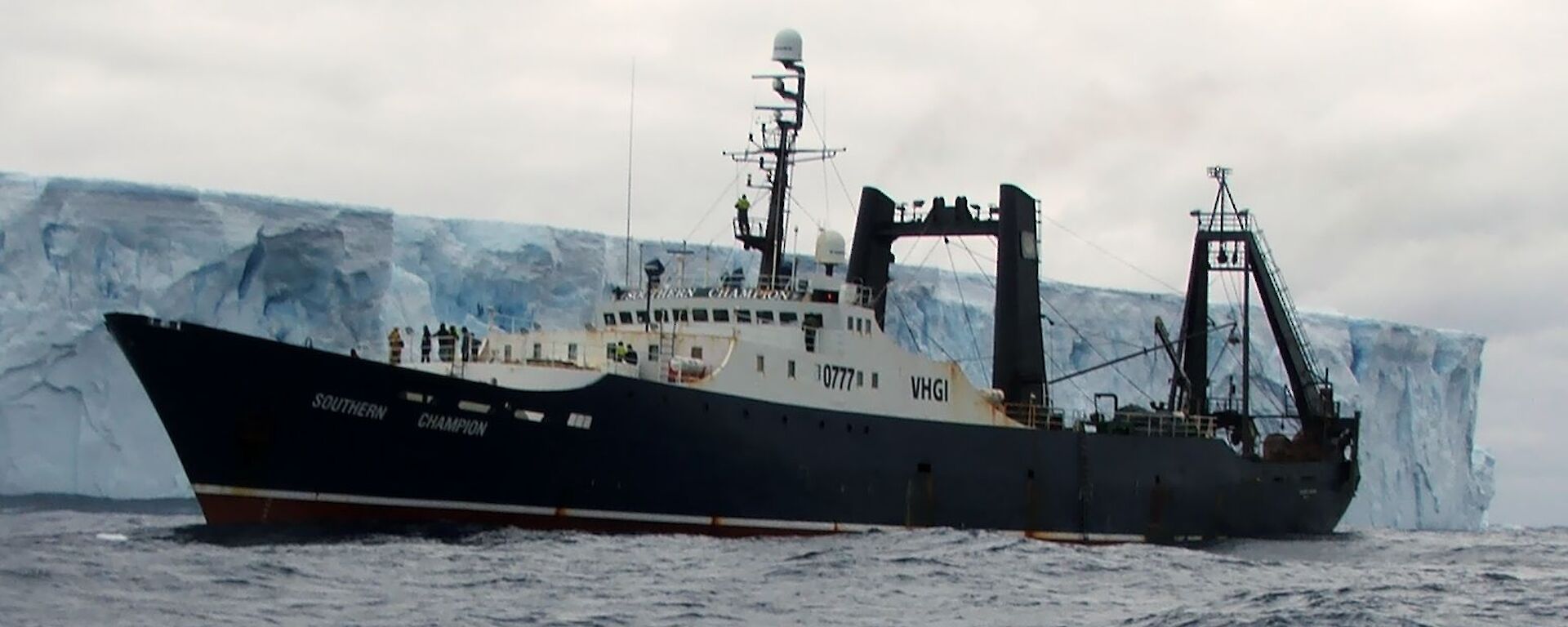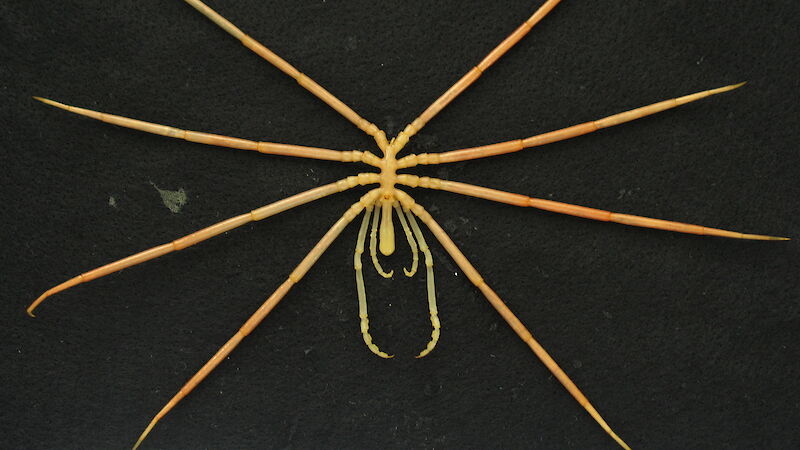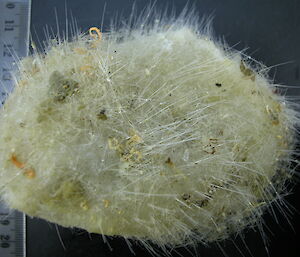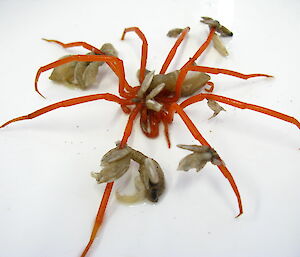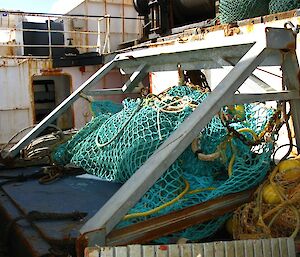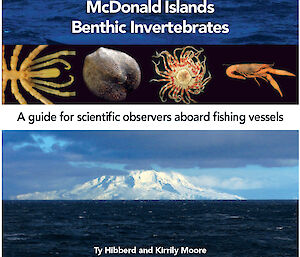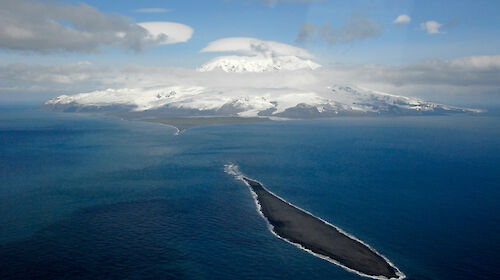Since 2003 Australian Antarctic Division scientists and the Patagonian toothfish and mackerel icefish industry have collected some 146 ‘benthic’ (sea floor) samples from within and outside the 64,630 km2 marine reserve, to build a better picture of the habitat and invertebrate communities that are, or that should be, protected.
Some of the sampling was undertaken in a ‘Conservation Zone’ – a region outside the marine reserve thought to contain potential hotspots of biodiversity, and in need of further research.
The results showed that the conservation zone contained areas of unique, abundant and high biodiversity that differed from the biodiversity protected in the Marine Reserve. As a result, 6,267 km2 of the conservation zone is proposed to be incorporated into an expanded HIMI Marine Reserve.
‘The HIMI Marine Reserve aims to protect “comprehensive, adequate and representative” areas of the marine environment, while allowing a commercial fishery to operate outside its boundaries,’ Australian Antarctic Division fisheries scientist, Dr Dirk Welsford, said.
‘So we wanted to see whether there was anything in the conservation zone that was not already represented in the HIMI Marine Reserve.
‘We also wanted to investigate the potential for an expanded fishery in the conservation zone that did not overlap with important benthic habitat.
‘As a result of this work we’ve identified high conservation value areas to include in the reserve, particularly the area around Southern Shell Bank, and areas that can be opened up to the commercial fishery. It demonstrates that fishing and conservation can co-exist.’
Importantly, the expanded reserve will incorporate areas that are geographically distributed in a west to east ocean current flow, giving them different water quality properties and therefore different biodiversity. It will also provide a north-south corridor for species to move, in the event of changes in climate or ocean conditions.
Among the more diverse and abundant organisms appearing in benthic samples of the region were sea spiders or ‘pycnogonids’. More than 180 species of Antarctic and subantarctic sea spiders have been identified; 29 of these occur at Heard Island and 10 of these have never been described before.
Glass sponges were also prominent. While less common than other types of sponges, glass sponges provide important habitat for other organisms due to their spiky structure.
‘Glass sponges are often cup-shaped, with sturdy internal skeletons made of fused siliceous spicules that can be several layers deep,’ marine researcher Ty Hibberd said.
‘This morphology results in a three-dimensional habitat that provides a valuable refuge for a wide variety of marine invertebrates.’
Mr Hibberd has since co-written the Field Identification Guide to Heard Island and McDonald Islands Benthic Invertebrates. This pictorial guide illustrates more than 400 species common to HIMI and is used by fisheries observers and researchers alike to continue species documentation in the area.
‘Scientific observers on fisheries vessels are required to identify and weigh all invertebrate by-catch in the HIMI fishery and we will continue to incorporate this information into our research,’ Dr Welsford says.
‘There is a vast area outside the Marine Reserve that we know very little about, so we rely on industry to provide this information. It also helps us work with industry to improve management procedures that accommodate both fishing and conservation.’

